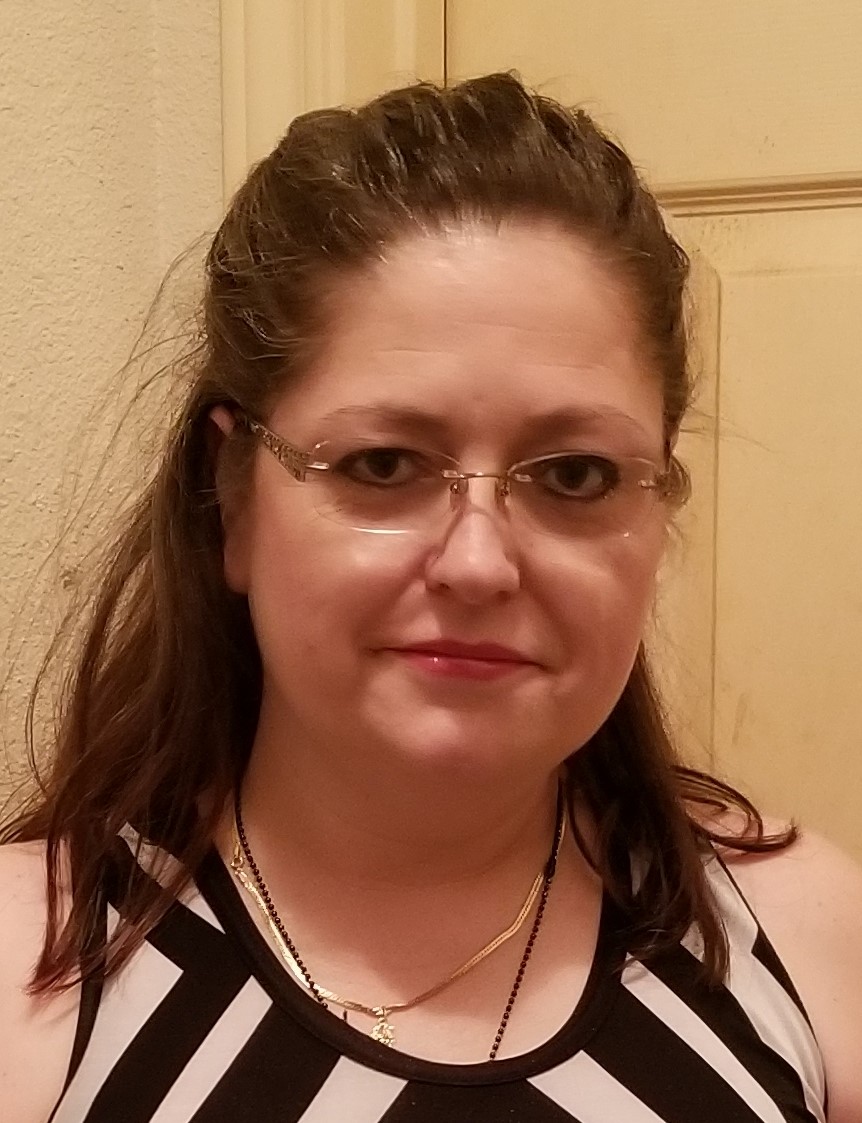Taking Control of My Disability Case
/By Mia Maysack, PNN Columnist
This stack of papers may not look like much, but it is my medically documented life beginning in the year 2002.
I personally highlighted them, so I can confidently report that the words “headache” and “migraine” are mentioned hundreds of times throughout.
I've been in the process of pursuing Social Security disability for about three years, which is not uncommon. Many have abused the system and there's also a high volume of claims being submitted and reviewed every day.
It took me a long time to even get to the point of filing for disability.
What does filing say about me as a person? Will I be judged? They probably won't even believe it. There are so many out there that need and deserve this more than me.
I still have those thoughts from time-to-time, even though my chronic migraines and cluster headaches have impacted every aspect of my life in a negative way – including employment.
I do not take the collection of denial letters I have received personally, as they've got to do what they can to weed out whoever isn't entirely legitimate. I know that I am, so I'll keep fighting.
In recent months, another denial letter came. They acknowledged I am unwell but still deem me “well enough.” I decide to appeal immediately, as they only give you 60 days to do so. I also hired legal representation to help me through the process.
When I called them to check on the progress of my case, their tone felt dismissive. I would get put on hold before finishing a sentence or receive roundabout answers to basic questions. I’d also be reminded -- as if I wasn't already aware -- that disability court dates are scheduling 23 months from now.
I don't mind waiting, considering the fact I have no choice. But it seemed as though I was being slow walked on a hamster wheel and not moving forward at all. This week I chose to contact Social Security directly and they informed me that, according to their records, there is no appeal on file for me at this time.
What does this mean, exactly? In short, my legal representatives have not been covering their responsibilities to me as their client. I've been scraping by with 26 cents to my name while relying on their word, which I've now been convinced means next to nothing.
I asked a Social Security representative what my next steps should be to take control and clean up this mess. He instructed me to visit their website and file an online appeal, which has since been done. Since I can’t account for where exactly all the paperwork I've been sending to my "help" has been going, I plan to stop in my local Social Security office to hand my stack of medical records directly to them.
We are our own best advocates, but how do I advocate for myself? This is one way. I am the one who knows and understands the extent of how this debilitation has derailed just about every goal or dream I've set my sights on. But I won’t let that define me. I am more than my illness and won't allow my case to be dismissed.
I'm aware that representing myself may very well set this process back even further, but I've come to the realization that if we want something done right, we've got to make it happen ourselves.
At first, I felt disheartened because this seems like a full-time job in itself. But when others do not hold up their end, I now see this as an opportunity to raise awareness, address policy, educate and ultimately claim ownership of my own life. Now and in the future.
Mia Maysack lives with chronic migraine, cluster headaches and fibromyalgia. Mia is the founder of Keepin’ Our Heads Up, a Facebook advocacy and support group, and Peace & Love, a wellness and life coaching practice for the chronically ill.
The information in this column should not be considered as professional medical advice, diagnosis or treatment. It is for informational purposes only and represents the author’s opinions alone. It does not inherently express or reflect the views, opinions and/or positions of Pain News Network.

































